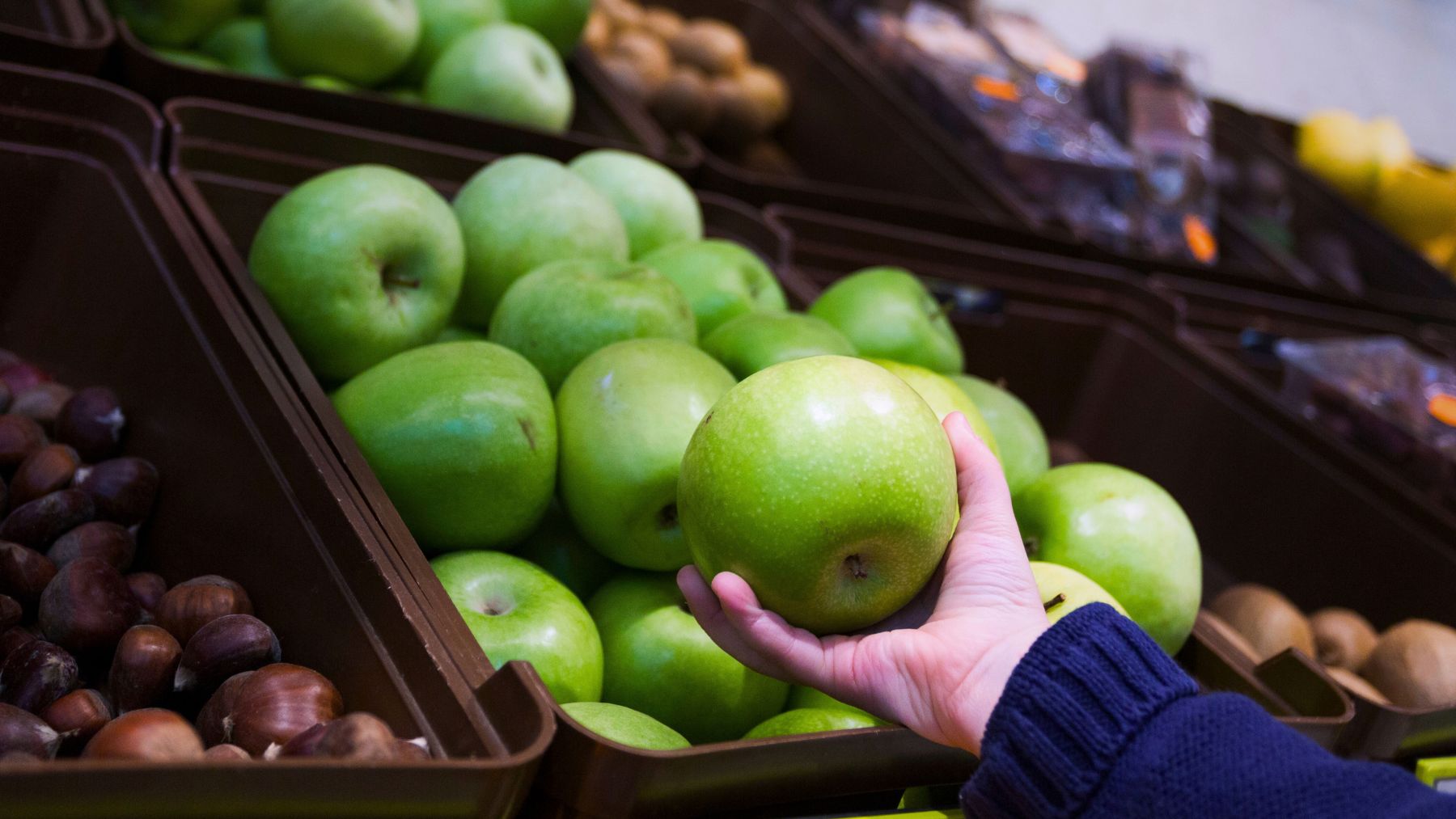We’ve all experienced the disappointment of slicing a crisp apple for a snack or recipe to find those pieces with an unappetizing brown hue. This change is due to oxidation, an enzymatic reaction where polyphenol oxidase interacts with oxygen. Although the traditional fruit bowl might seem the natural choice, its exposure to air often accelerates the process.
Instead, storing them in the freezer preserves freshness far longer while reducing the impact of oxidation and preserving antioxidants like vitamin C. Here, we’ll explain the proper technique to freeze apples and detail other effective methods, including clever ways to store them in the refrigerator or on the countertop.
Keep apples fresh longer: the freezer method
Freezing is a highly effective technique to slow down the oxidative browning of apple slices. The extreme cold minimizes the activity of polyphenol oxidase, which is the key enzyme behind the reaction with oxygen. As a result, the apples maintain their bright appearance, crisp texture, and vibrant flavor far longer than storage at room temperature or even in a conventional fridge.
This method also preserves their nutritional qualities. For optimal results, begin with thoroughly washed apples to eliminate any dirt or chemical residues. Next, peel and slice the apples. Although whole apples may be frozen, cutting them into uniform pieces conserves freezer space and enhances convenience for later use.
For additional protection against browning upon thawing, briefly immerse the slices in cool water with a small amount of lemon juice—an effective natural source of ascorbic acid—for just a few minutes. Finally, arrange the slices in airtight freezer bags, extracting as much air as possible prior to sealing. This step not only prevents freezer burn but also wards off the absorption of off-odors from other frozen items.
Other smart ways to store apples
Freezing is superb for long-term storage, but at times, you may need apples ready to eat sooner, so here are some effective alternatives:
- The fridge’s crisper drawer: The crisper drawer offers the next best storage option after freezing. Its cooler and slightly more humid environment slows down oxidation significantly compared to a typical fruit bowl. This method is particularly useful for preserving whole apples.
- Bag them (loosely): Whether stored in the crisper or elsewhere in the refrigerator, placing apples in a loosely secured paper bag or a perforated plastic bag can be very effective. This approach retains some of the essential moisture while still allowing minimal air circulation. It’s important to avoid sealing them tightly in non-perforated plastic, as excessive moisture buildup can hasten deterioration.
- Keep them separate: If you prefer to keep apples on the countertop for immediate snacking, isolate them from other fruits such as bananas, avocados, or tomatoes that emit ethylene gas. Ethylene is a natural ripening hormone that can accelerate both ripening and subsequent browning in apples.
Selecting the appropriate storage method depends on how soon you intend to use your apples and whether you need them whole or pre-sliced. For enduring freshness and a reliable barrier against browning, the freezer remains the premier choice.

